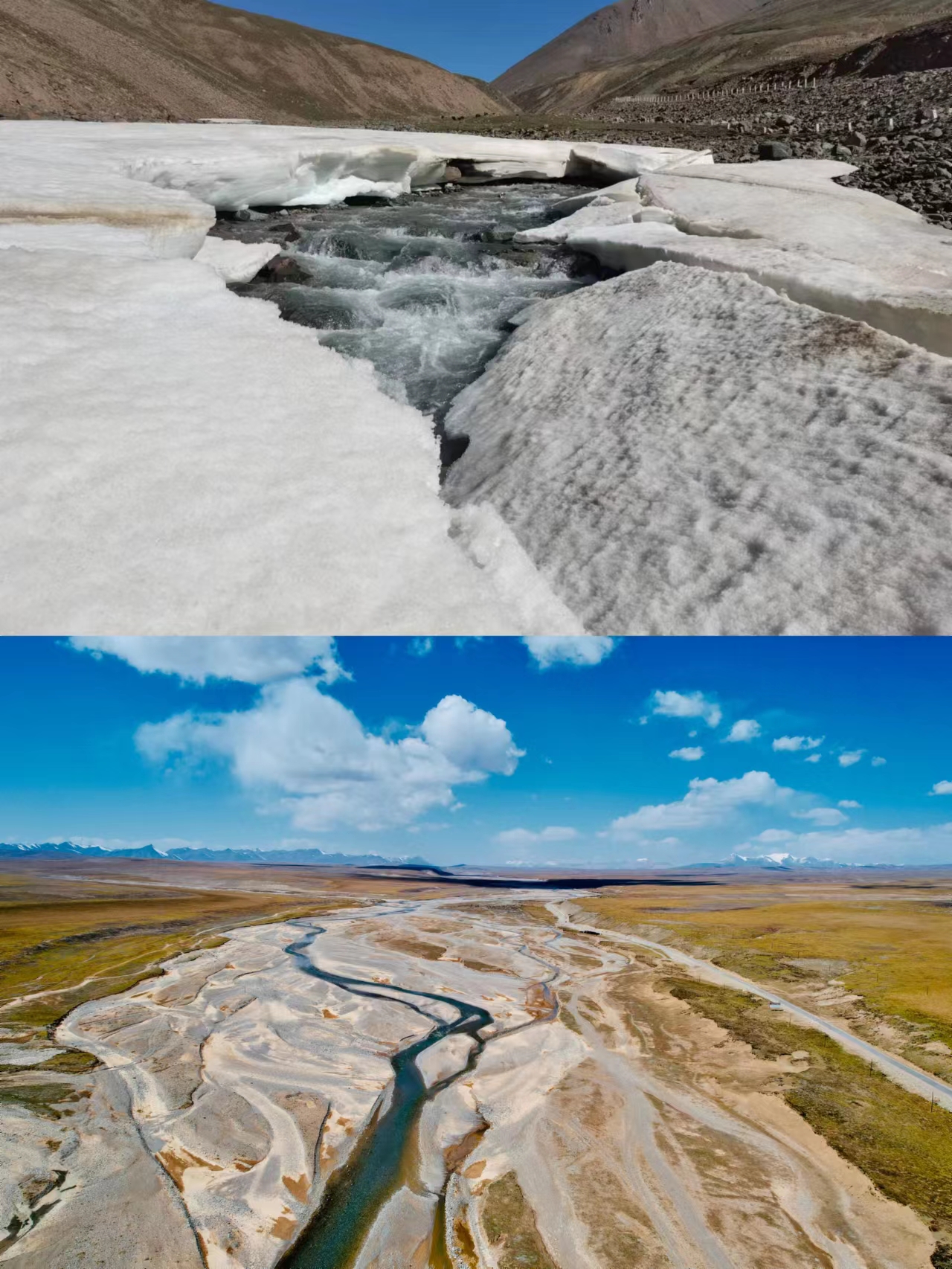
Newsroom
Researchers Identify Optimal Spatial Scale for Assessing Land Use Impact on Water Quality of Alpine Rivers
As highly sensitive aquatic ecosystems to climate changes, alpine rivers play a crucial role in maintaining fragile ecosystems. Understanding the driving factors behind water quality fluctuations in these rivers in the context of global change is crucial for protecting these sensitive and vulnerable alpine river ecosystems.
Land use is considered as a crucial factor influencing river water quality. This effect varies depending on the areas of the river and the spatial scale used to calculate land use. Alpine rivers exhibit unique geographical locations and high spatial heterogeneity. Differences in river morphology and dominant land use types are evident between headwater and mainstem areas. However, few studies have focused on the effects of spatial position and scale on the relationship between water quality and land use in alpine rivers.
The research team led by Professor WU Chenxi from the Institute of Hydrobiology (IHB) of the Chinese Academy of Sciences identified the optimal spatial scale for assessing land use impact and predicting water quality in different areas and specifically analyzed the influence of various land use types on river water quality in Qilian Mountain. This study was published in Science of The Total Environment.
The researchers concentrated on the water quality conditions of alpine rivers, examining key indicators within headwater and mainstem areas across various seasons. The results show that water quality in highland rivers has spatial and temporal variability. According to China's environmental quality standards for surface water (SEPA, 2002b), these alpine rivers in Qilian Mountain met or above the requirements of Class III for total phosphorus and ammonia nitrogen.
To investigate the influence of land use indicators on water quality, redundancy analysis and multiple linear regression were employed. The researchers revealed that nitrogen and organic carbon parameters were more affected by land use than phosphorus. Land use impact on river water quality displayed regional and seasonal disparities. In headwater streams, water quality was better influenced and predicted by natural surface land use types within smaller buffer zones, whereas in mainstem rivers, human activity-related land use types better influenced and predicted water quality at larger catchment or sub-catchment scales.
The results of this study suggested that different land types and spatial scales needed to be considered to assess water quality influences in different areas of alpine rivers in the context of future global change. While the control of human activities at the basin scale by the construction of national parks may contribute to the improvement of water quality in the mainstem area, the trend of warming and humidification in the highland area in the context of climate change may have a complex impact on water quality in the headwater area.

River status of headwater and mainstem in the Qilian Mountains. (Image by IHB)
(Editor: MA Yun)